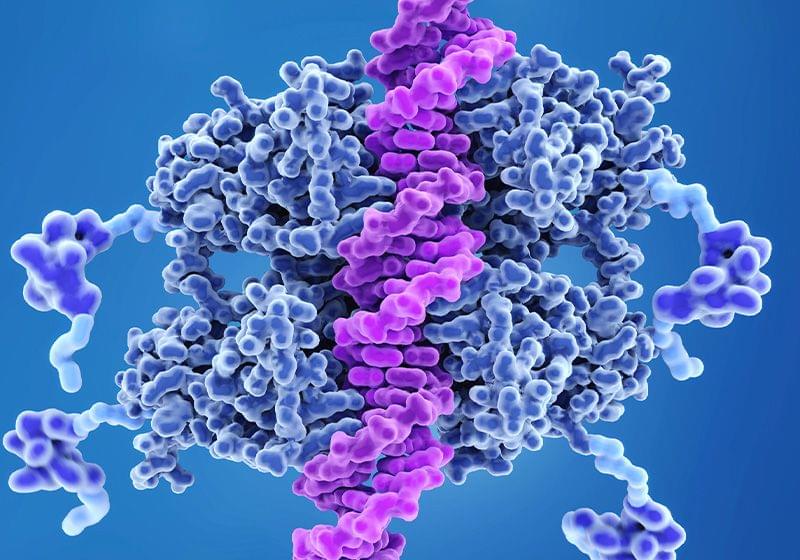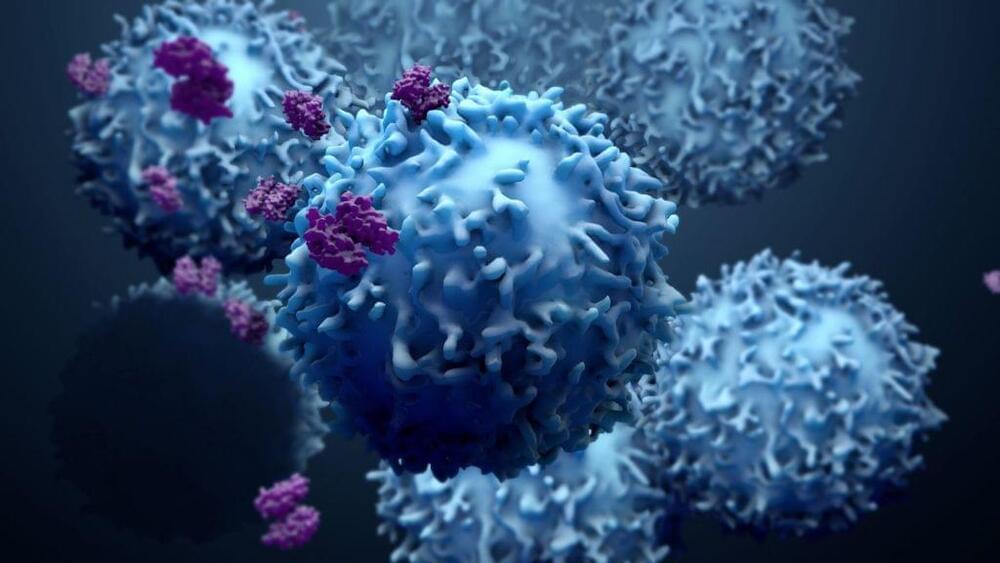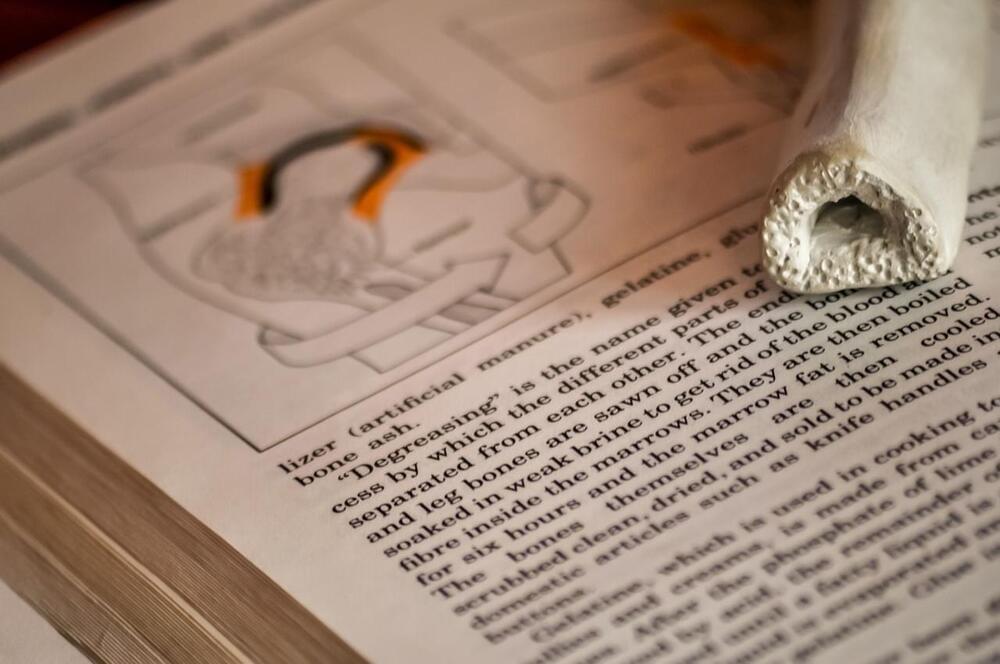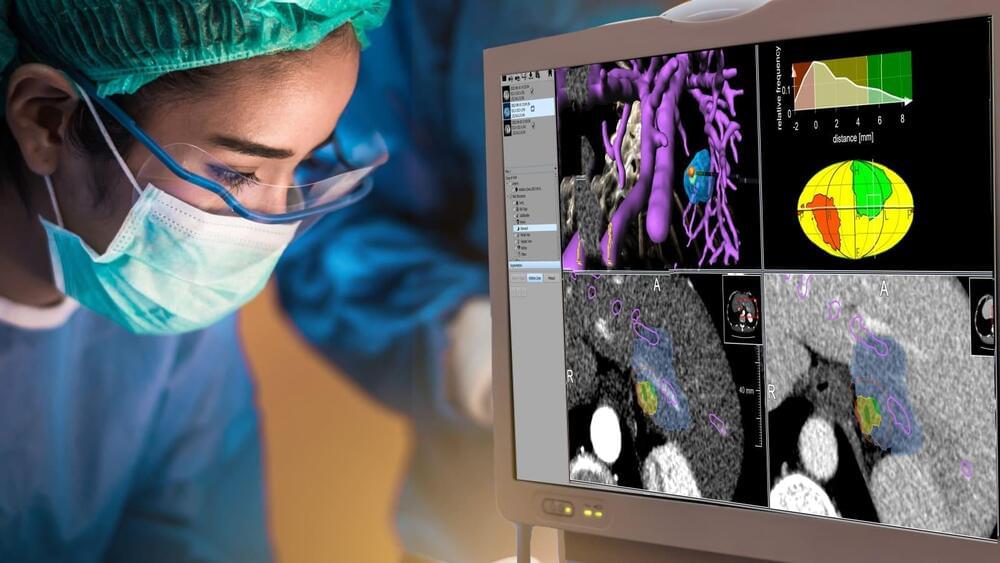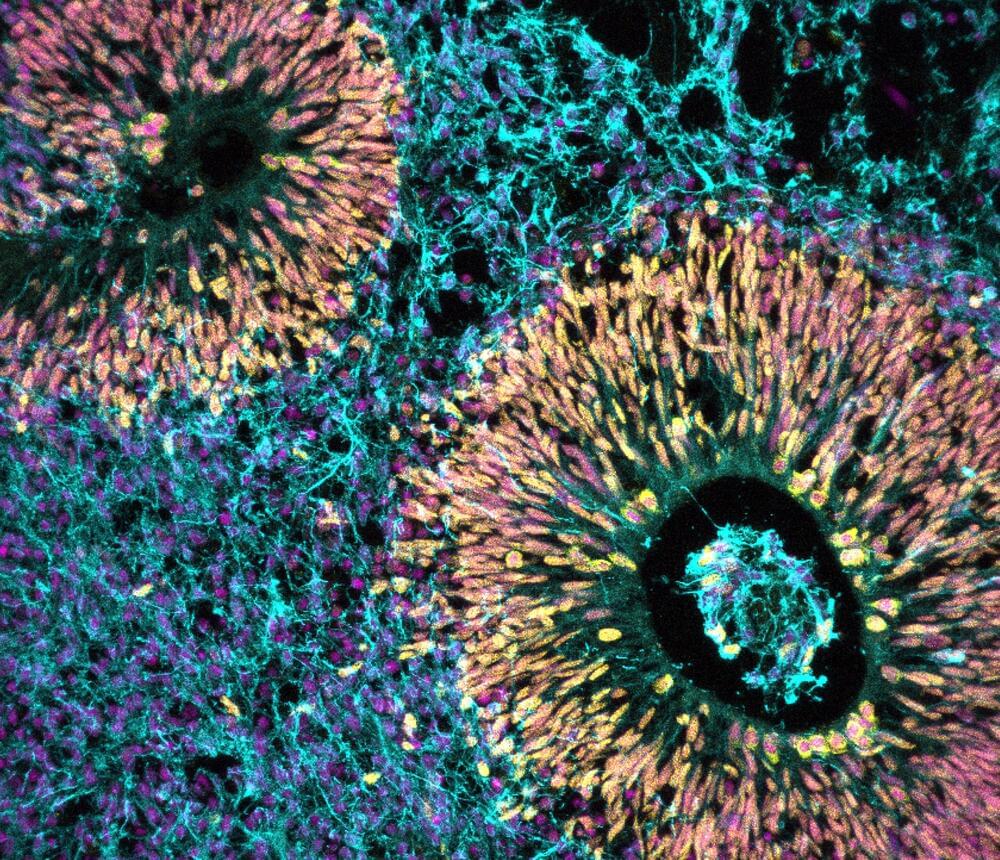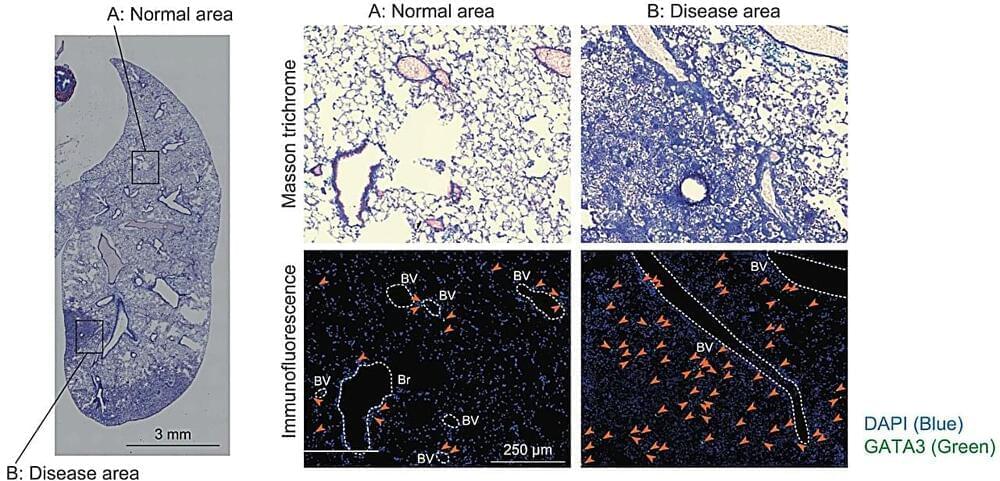P53 is possibly the most important protein for maintaining cellular function. Losing it is synonymous with cancer.
Archive for the ‘biotech/medical’ category: Page 312
Mar 9, 2024
Rapid and Reliable Custom Tetramer Generation for T Cell Staining
Posted by Shubham Ghosh Roy in categories: biotech/medical, innovation
The potential for personalized cancer treatment is fueling the need to identify T cell responses against neoantigens and other cancer-specific epitopes for the success of immunotherapy. Continuous advancements of epitope discovery prediction technology is leading to precise identification of antigen-specific T cells, playing a central role in monitoring immune responses to infection and cancer immunotherapies. Hence, the understanding of major histocompatibility complex class (MHC) molecules and peptides interaction within the immune system is fundamental for developing treatments in diseases like cancer and the creation of innovative vaccines.
Fundamentally, in vivo interaction between processed antigen loaded on MHC molecules is important communication for the adaptive immune response to alert against foreign antigens or cancerous cells. MHC I and II molecules loaded with foreign antigens or cancerous fragments are of great interest to the activation of the adaptive immune response. In vivo, peptide exchange reactions are not required for presentation of antigens by MHC molecules because they bind degraded antigens during assembly in the ER. However, peptide exchange reactions play an important role in the assembly of MHC molecules in vitro. It becomes essential to consider the allelic variation and peptide binding when utilizing MHC molecules for T cell detection ex vivo. It has been shown that immunogenic peptides tend to interact with their restricting MHC molecule. Thus, having the capability to assess the binding affinity of an in vitro interaction between peptide and MHC I is highly valued.
Mar 9, 2024
Common immune response is found to be protective across many diseases
Posted by Shubham Ghosh Roy in categories: biotech/medical, health
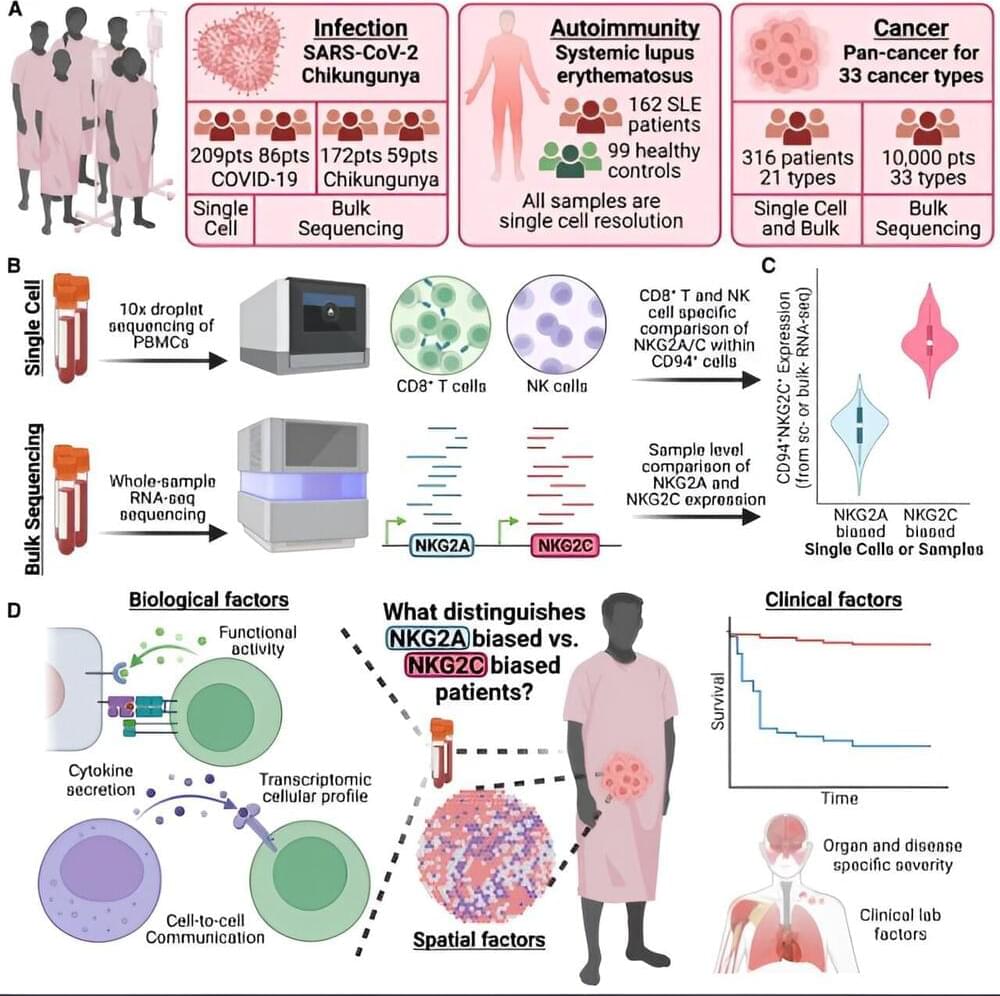
Combined, infection, autoimmunity and cancer account for 4 out of every 10 deaths worldwide, and represent major global health challenges. In a paper in the journal Cell Reports, Institute for Systems Biology (ISB) researchers highlight a novel discovery of how the human immune system works in common ways across diseases, and offer promising avenues for exploring multi-disease therapeutic strategies.
Many therapies, while effective for one class of disease, may aggravate others. Cancer treatments like immune checkpoint blockade, for example, can trigger autoimmunity. Similarly, drugs targeting autoimmune diseases may leave patients more susceptible to infections and cancer.
Continue reading “Common immune response is found to be protective across many diseases” »
Mar 9, 2024
Modeling the origins of life: New evidence for an ‘RNA World’
Posted by Shubham Ghosh Roy in categories: biotech/medical, evolution, genetics
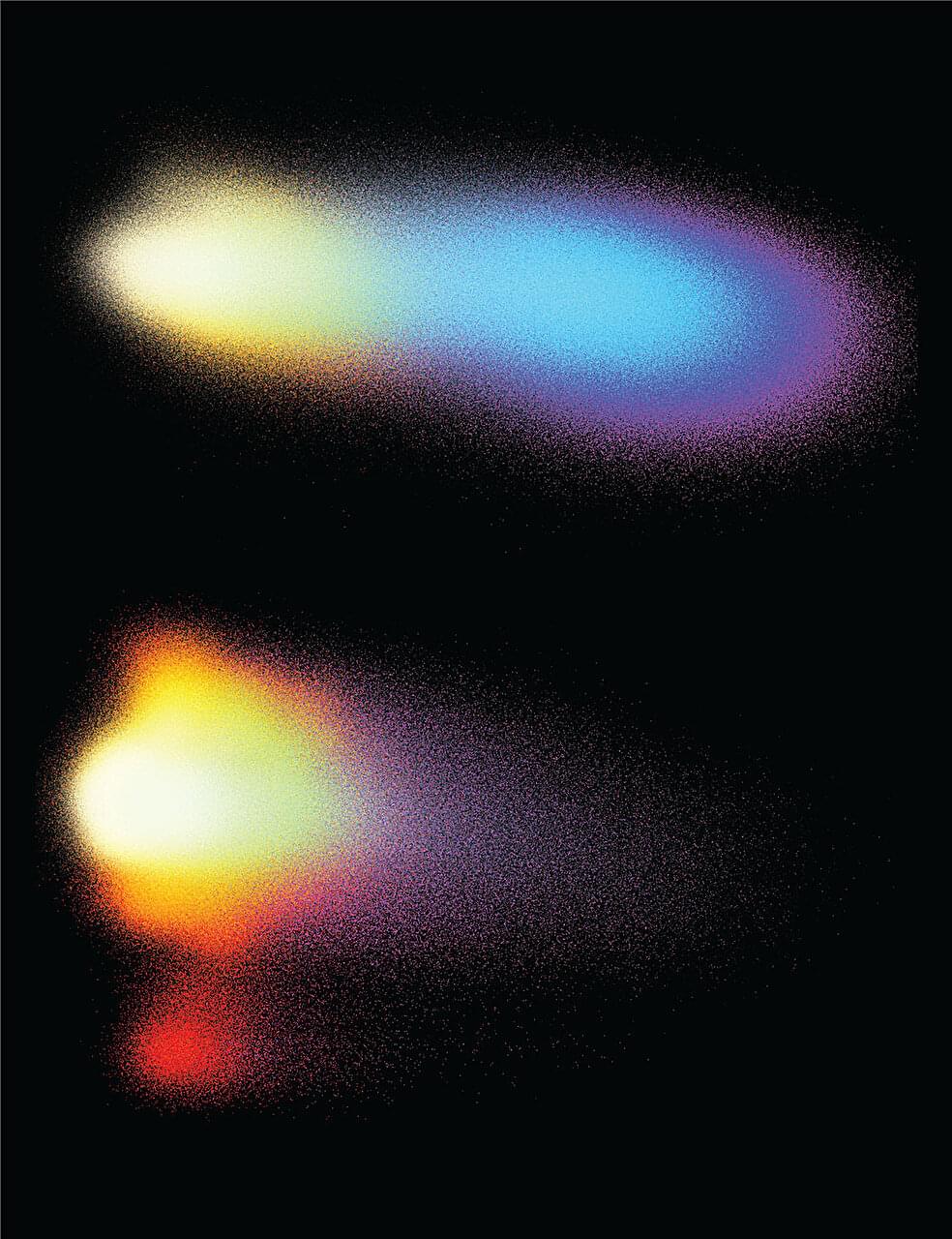
Charles Darwin described evolution as “descent with modification.” Genetic information in the form of DNA sequences is copied and passed down from one generation to the next. But this process must also be somewhat flexible, allowing slight variations of genes to arise over time and introduce new traits into the population.
But how did all of this begin? In the origins of life, long before cells and proteins and DNA, could a similar sort of evolution have taken place on a simpler scale? Scientists in the 1960s, including Salk Fellow Leslie Orgel, proposed that life began with the “RNA World,” a hypothetical era in which small, stringy RNA molecules ruled the early Earth and established the dynamics of Darwinian evolution.
Continue reading “Modeling the origins of life: New evidence for an ‘RNA World’” »
Mar 9, 2024
Protein Signal Drives Pro-Tumor Myeloid Genesis
Posted by Shubham Ghosh Roy in categories: biotech/medical, genetics
Myeloid cells are a population of cells classified to denote a specific lineage. “Myeloid” specifically refers to granulocytes and monocytes generated from the bone marrow. Many cells under this term share common progenitors from which they derive including, macrophages, neutrophils, basophils, and eosinophils. In the context of cancer, many of these cells become ‘pro-tumorigenic’. More specifically, they suppress the immune system to allow the tumor to proliferate and progress. Each myeloid cell type is associated with antitumor immune suppression. Myeloid cells suppress antitumor immune activity by blocking T cell activation, aid in angiogenesis (blood vessel formation) to increase metastasis, and producing cytokines or proteins that activate suppressive activity in other cells. Unfortunately, myeloid cells make up a major percentage within the tumor microenvironment, so targeting these cells is crucial. Many researchers are currently working on different ways to target these cell populations.
A recent article in Nature by Dr. Miriam Merad and her team demonstrated how protein signaling drives pro-tumor myeloid cell generation. Merad is a physician scientist, Director of the Precision Immunology Institute at Mount Sinai School of Medicine in New York, and Director of the Mount Sinai Human Immune Monitoring Center (HIMC). While her work focuses on targeting myeloid cells (particularly macrophages) to lower their suppressive phenotype and improve cancer treatment, her current publication identifies specific drivers of immunosuppressive myeloid states, previously undefined.
Merad and her team used advanced single cell sequencing to analyze non-small cell lung cancer (NSCLC) lesions from both humans and mice. Single cell sequencing is commonly used to identified up-and downregulated genes in a variety of cell types. By sequencing the tumor lesions the team discovered that interleukin 4 (IL-4) was a predictive driver of macrophages that infiltrated the tumor. Researchers used various genetically modified mouse models to conclude that the IL-4 receptor is necessary for tumor progression. Interestingly, they concluded that deletion of the IL-4 receptor in the progenitor phase reduced tumor growth compared to IL-4 deletion in mature macrophages which had little effect.
Mar 9, 2024
Hysterectomy Options for Low-Risk Cervical Cancer Patients
Posted by Shubham Ghosh Roy in categories: biotech/medical, health
Cervical cancer, which develops in the lower portion of the uterus, known as the cervix, typically grows slowly. Cells in the cervix can change, a process known as dysplasia, and the resulting abnormal cells, if not removed, can develop into cervical cancer.
When cervical cancer occurs, treatment options vary based on many factors, including how far the disease has advanced and the overall health of the patient. Some cervical cancer patients may undergo a simple hysterectomy (also known as a complete or total hysterectomy). A simple hysterectomy removes the uterus and cervix.
The perimetrium, fat and connective tissue around the uterus, connects the uterus to the cervix and other tissues. Some patients with cervical cancer experience “parametrial invasion” (also referred to as parametrial infiltration), during which cervical cancer has spread into the parametrial tissue.
Mar 9, 2024
AI-guided technique will be gamechanger for liver cancer
Posted by Shubham Ghosh Roy in categories: biotech/medical, robotics/AI
Techsomed’s thermal ablation therapy, a minimally invasive procedure for small tumors, has huge benefits over surgery or chemotherapy for patients and is a world first.
Mar 9, 2024
UH Engineers develop magnetically navigated robots to attack and remove blood clots
Posted by Shubham Ghosh Roy in categories: biotech/medical, robotics/AI
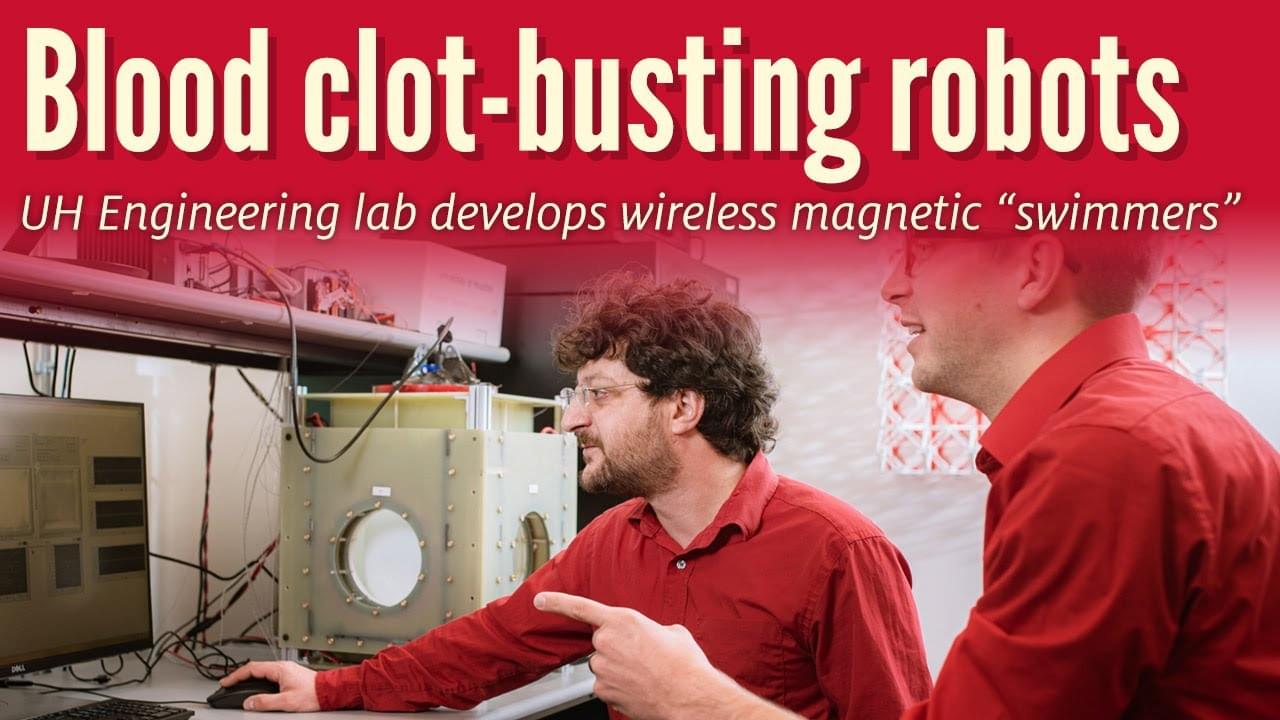
In a collaboration with Houston Methodist Hospital, researchers from the UH Engineering Robotic Swarm Control Laboratory led by Aaron Becker, assistant professor of electrical and computer engineering, are developing a novel treatment for pulmonary embolism (PE) using millimeter-scale corkscrew shaped robots controlled by a magnetic field. PE is the third most common cardiovascular disease, resulting in up to 300,000 deaths annually.
“Using non-invasive miniature magnetic agents could improve patient comfort, reduce the risk of infection and ultimately decrease the cost of medical treatments,” according to Julien Leclerc, a Cullen College research associate specializing in applied electromagnetics. “My goal is to quickly bring this technology into the clinical realm and allow patients to benefit from this treatment method as soon as possible.\.
Mar 9, 2024
Stress hormones can lead to enhanced cognitive abilities in children
Posted by Shubham Ghosh Roy in categories: biotech/medical, education, neuroscience
Researchers at the Max Planck Institute of Psychiatry have investigated how stress hormones affect the early development of brain cells in the cerebral cortex of the fetus. The cortex is the crucial area of the brain for thinking. The team was able to demonstrate causal links between stress hormones and altered brain structure, which relate to higher levels of educational attainment later in life.
The hormone group of glucocorticoids is crucial for the regulation of our metabolism and immune response, but also for the development of organs such as the brain and lungs before birth. The hormones are released in response to stress and can travel from the mother to the fetus. One of the best-known stress hormones is cortisol. Synthetic forms are prescribed, for example, in pregnancies at high risk for preterm delivery in order to help the maturation of the fetal lungs.
“We found that glucocorticoids, when present early in gestation in the first or early second trimester, increase the number of a particular type of brain cells that are formed very early in development (called basal progenitor cells)”, reports Anthi C. Krontira, who led the study published in Neuron. “These are cells that are important for the growth of the cerebral cortex.”
Mar 9, 2024
Unlocking the secrets of lung fibrosis with a new mouse model
Posted by Shubham Ghosh Roy in category: biotech/medical
A RIKEN-developed mouse model of an enigmatic lung disease promises to unlock new biological insights and catalyze the development of treatments for millions affected globally. The research is published in Nature Communications.
Idiopathic pulmonary fibrosis (IPF) is a progressive lung disease in which scarring of the lungs makes breathing increasingly difficult. The cause is unknown with no cure, and it often leads to eventual death.
About a decade ago, Kazuyo Moro of the RIKEN Center for Integrative Medical Sciences and her colleagues investigated the role that a special population of immune cells, known as group 2 innate lymphoid cells (ILC2s), play in the body’s response to lung infections. As part of that effort, they created mice lacking two key immune-related genes.
